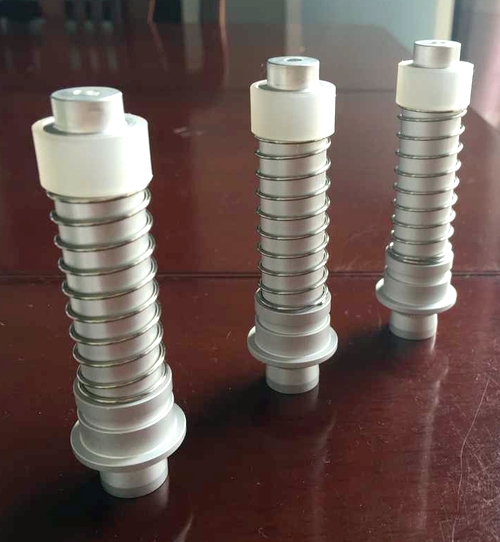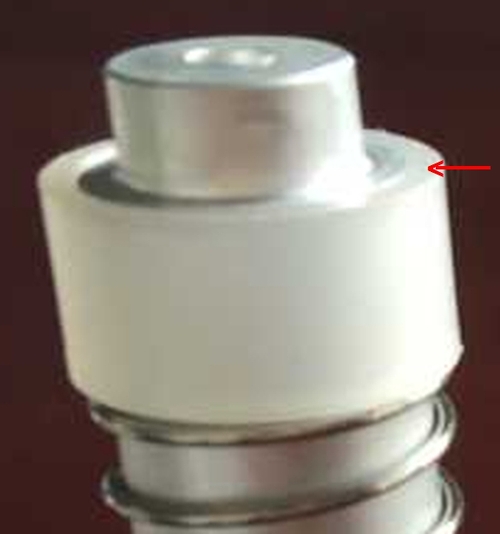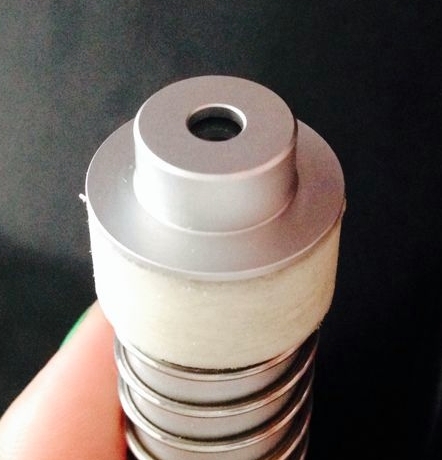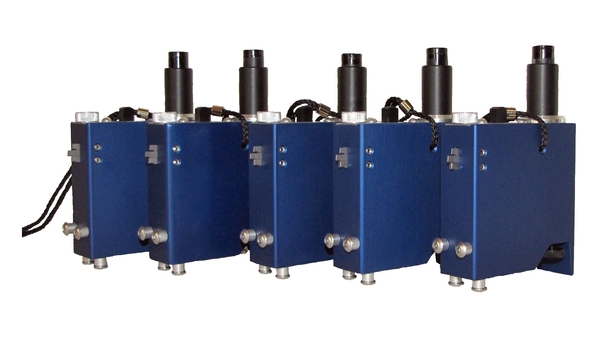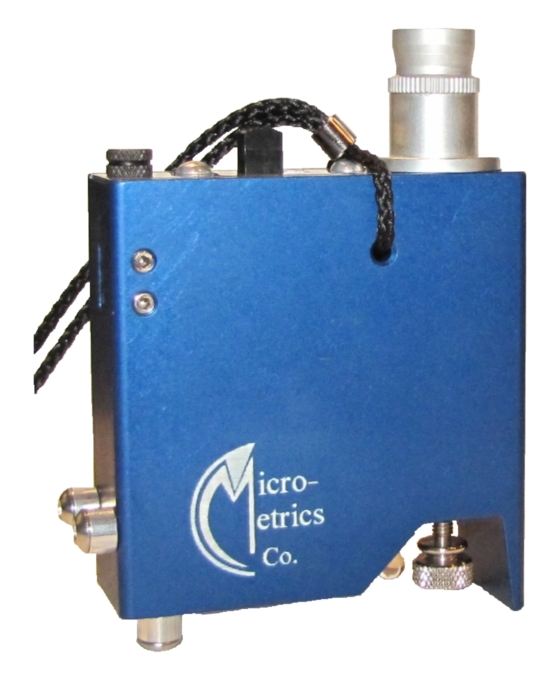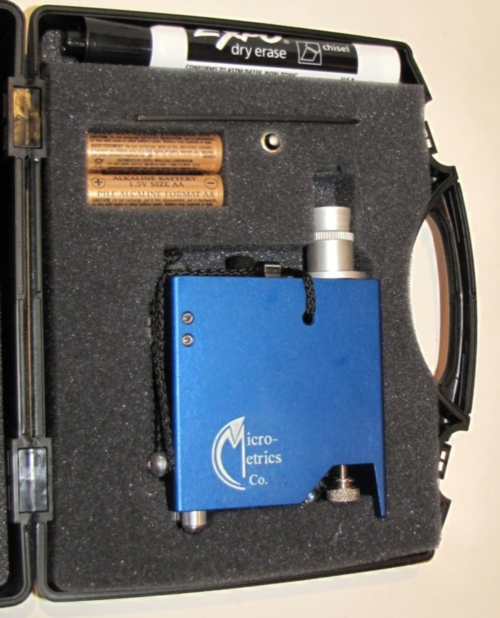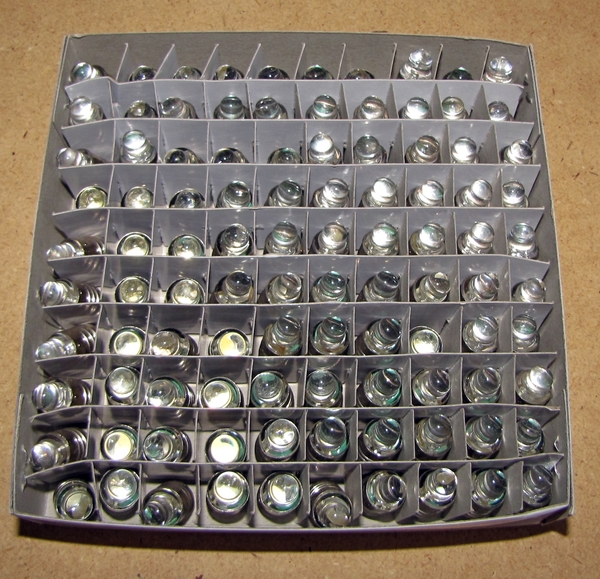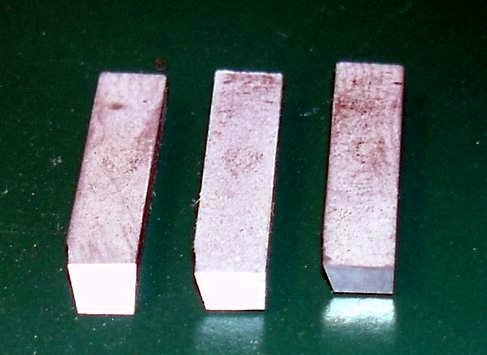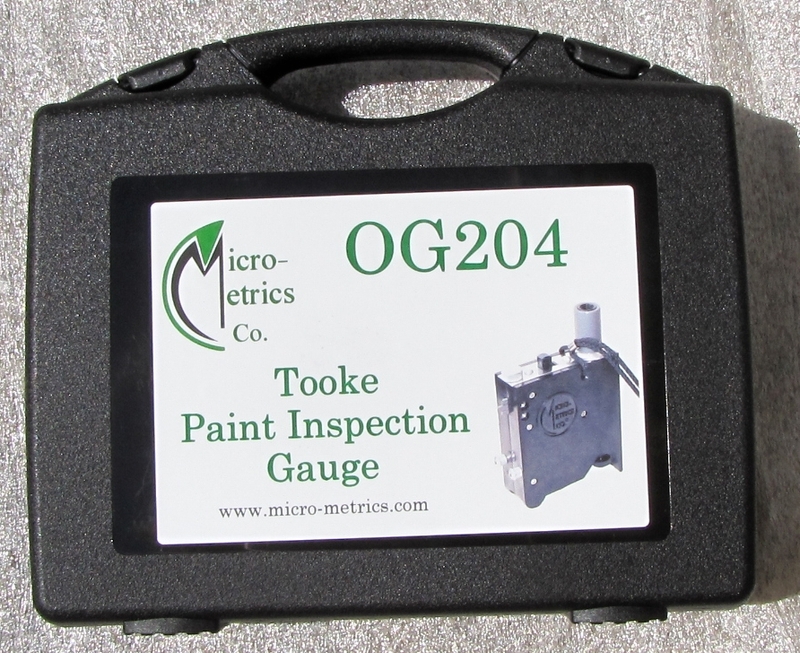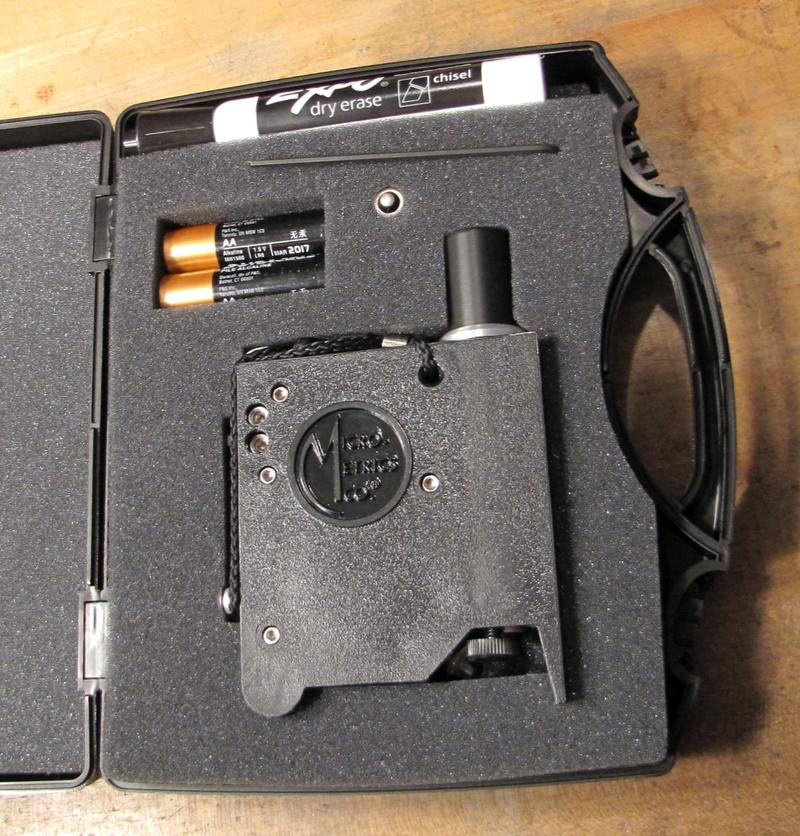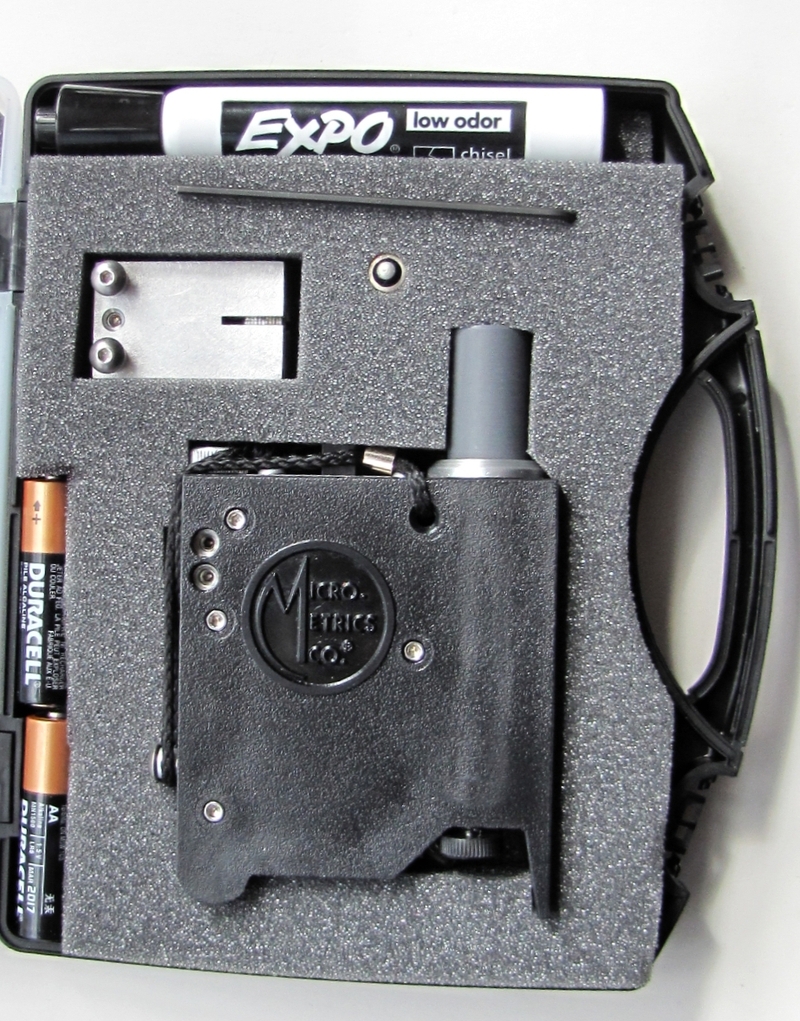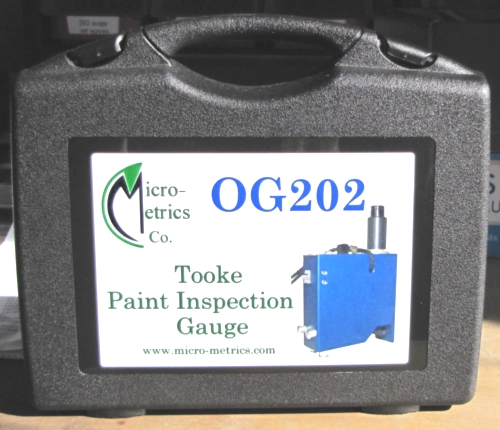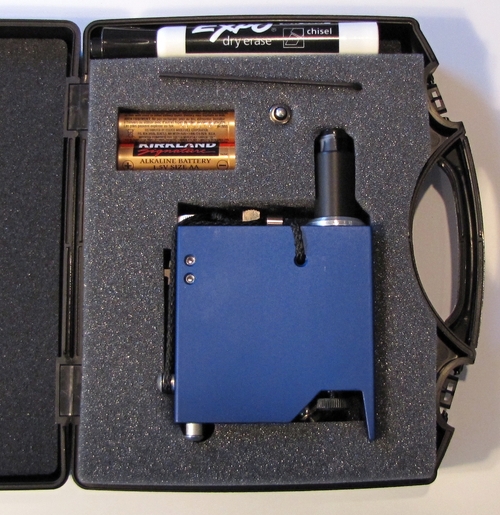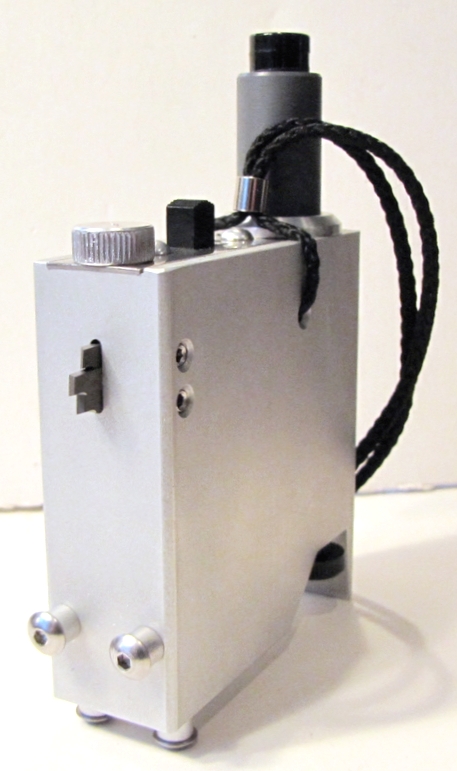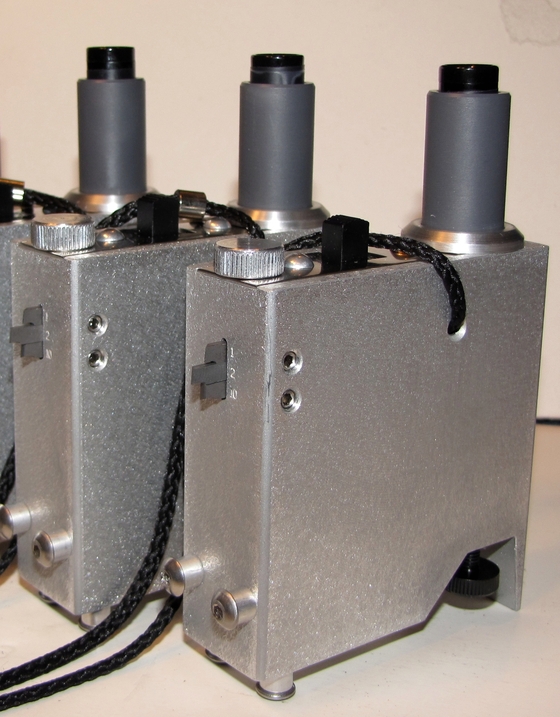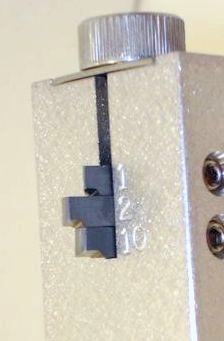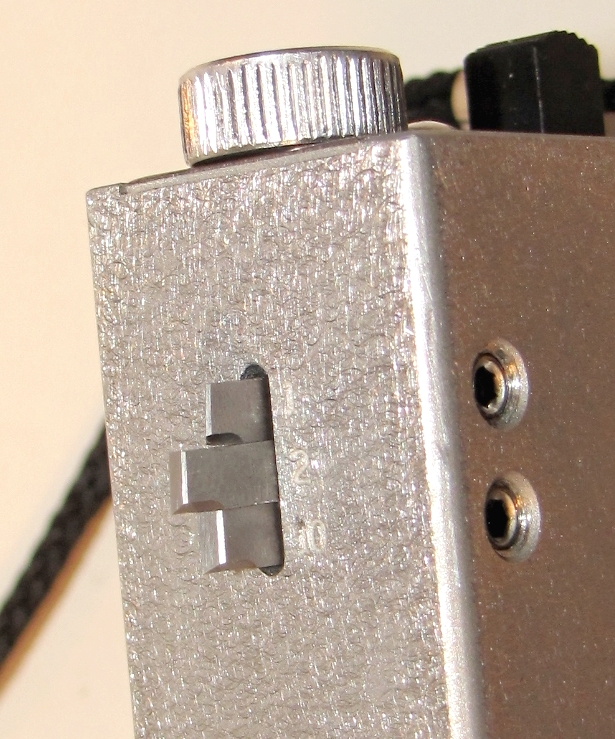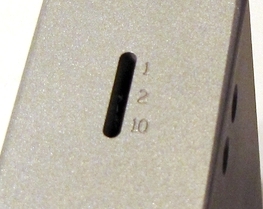Had another engineer ask me about a camera adapter for the Tooke Gage. Alas, not yet.
My next big project, after getting the new enhanced custom-made microscopes is a camera adapter for the Tooke Gage. I’ve done some preliminary investigation and discussion with possible sources, but have nothing solid yet. (Please send me any details or requirements y’all would like for an adapter; it will help me zero in on what is needed!)
There are lots of cameras/adapters are available, but most that I’ve found so far require unscrewing the eye piece and screwing in the adapter — and I visualize a guy in a safety harness hanging off a bridge abutment, watching in horror as the just-removed eyepiece tumbles down into a gorge!
 OH NO!
OH NO!
Other possibilities I’ve looked into can’t measure or can’t ‘see’ on the fine scale we need. I need to find an adapter that mounts ON the gauge, rather than requiring modification OF the gauge.
Currently, what I do — and what most likely cannot be done in a safety harness — is hold an ‘instamatic-style’ camera lens to the scope, and take many pix to get a couple usable ones… It’s (way!) less than optimal, but it’s all I have at the moment.
Email me, and I’ll add you to my ‘list of folks who want to be notified’ when I finally get a working adapter! Or just keep an eye on the blog — I will absolutely be announcing it when I succeed!

